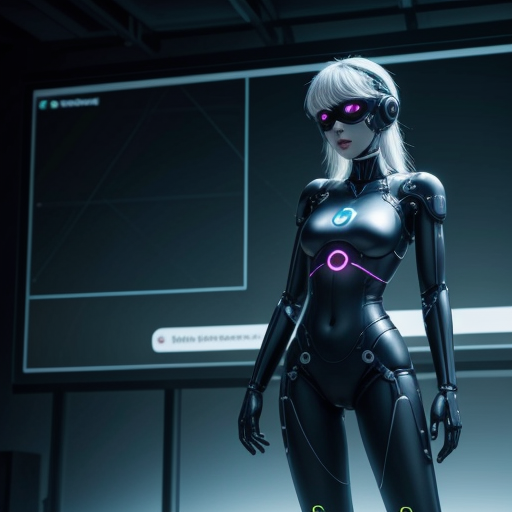
Here are the key highlights of the announcement:
- OpenAI is training a new flagship AI model that will succeed GPT-4, the technology behind ChatGPT.
- The new model is expected to bring "the next level of capabilities" and help OpenAI build "artificial general intelligence" (AGI).
- OpenAI is also creating a new Safety and Security Committee to explore how to handle the risks posed by the new model and future technologies.
OpenAI's new AI model is expected to be a major advancement in the field of artificial intelligence. Here are some of the potential benefits of the new model:
- Improved natural language processing: The new model is expected to be better at understanding and generating human language, which could lead to more sophisticated chatbots, digital assistants, and other AI-powered applications.
- Enhanced problem-solving abilities: The new model is also expected to be better at solving problems, which could make it useful for a variety of tasks, such as scientific research, drug discovery, and financial analysis.
- Increased creativity: The new model is also expected to be more creative, which could lead to new applications in art, music, and other creative fields.
However, there are also some potential risks associated with the development of more powerful AI models. Here are some of the concerns that have been raised:
- Job displacement: Some experts believe that AI could eventually replace humans in many jobs, leading to widespread unemployment.
- Bias and discrimination: AI models can be biased against certain groups of people, which could lead to unfair or discriminatory outcomes.
- Safety and security: AI models could be used to create autonomous weapons or other dangerous technologies.
OpenAI's new Safety and Security Committee will be responsible for addressing these risks and developing policies to ensure that the new AI model is used safely and responsibly. The committee will be composed of experts from a variety of fields, including ethics, law, and computer science. It is important for OpenAI to acknowledge these risks and to take steps to mitigate them. The company's new Safety and Security Committee is a positive step in this direction.
AI Technology's Rapid Development
Experts disagree on when tech companies will reach artificial general intelligence, but companies including OpenAI, Google, Meta, and Microsoft have steadily increased the power of AI technologies for more than a decade, demonstrating a noticeable leap roughly every two to three years.
Here are some of the major milestones in the development of AI technology:
- 1950s: The field of AI is born, with researchers developing early models of neural networks.
- 1970s: Expert systems are developed, which are AI systems that are designed to solve problems in a specific domain.
- 1980s: Machine learning becomes a major focus of AI research, with researchers developing algorithms that allow AI systems to learn from data.
- 1990s: Deep learning is developed, which is a type of machine learning that allows AI systems to learn from large amounts of data.
- 2000s: AI systems begin to achieve human-level performance on a variety of tasks, including image recognition, natural language processing, and game playing.
- 2010s: AI systems become more widely used in a variety of applications, including self-driving cars, facial recognition, and medical diagnosis.
- 2020s: OpenAI releases GPT-4, a large language model that can generate text, translate languages, and write different kinds of creative content.
The development of AI technology is accelerating, and it is unclear what the future holds. However, it is clear that AI is having a major impact on the world, and it is likely to continue to do so for many years to come.
The Risks and Benefits of AI
There are both risks and benefits associated with the development of AI. Here are some of the potential benefits of AI:
- Increased productivity: AI can help to automate tasks, which can free up humans to focus on more creative and strategic work.
- Improved healthcare: AI can help to diagnose diseases, develop new treatments, and improve patient care.
- Reduced poverty: AI can help to create new jobs and opportunities, and it can also be used to develop solutions to global problems such as hunger and disease.
However, there are also some potential risks associated with AI. Here are some of the concerns that have been raised:
- Job displacement: Some experts believe that AI could eventually replace humans in many jobs, leading to widespread unemployment.
- Bias and discrimination: AI models can be biased against certain groups of people, which could lead to unfair or discriminatory outcomes.
- Safety and security: AI models could be used to create autonomous weapons or other dangerous technologies.
It is important to weigh the risks and benefits of AI carefully. While AI has the potential to bring about many benefits, it is also important to be aware of the potential risks and to take steps to mitigate them.


.png)
0 Comments